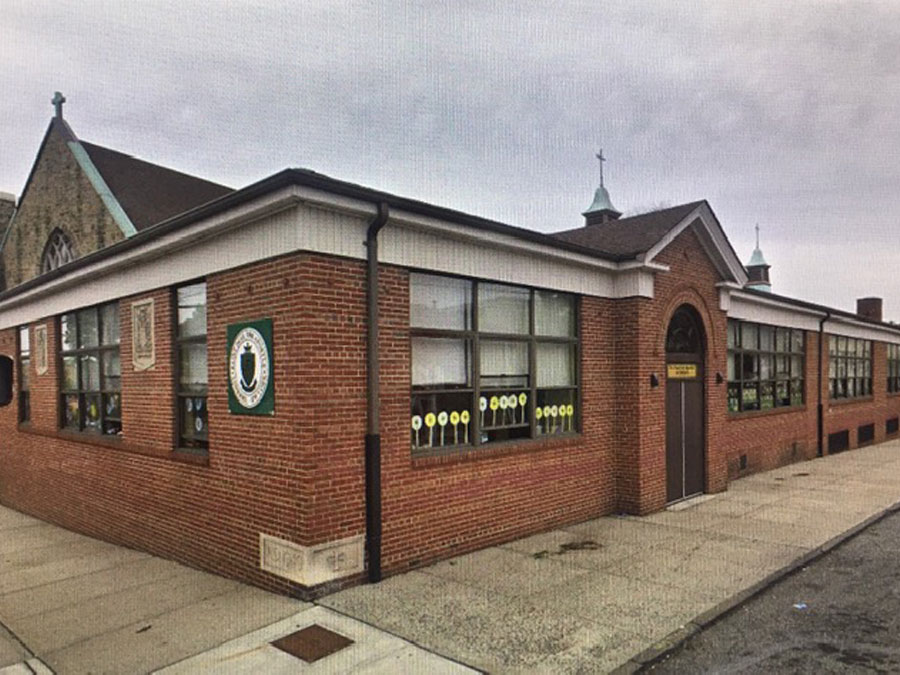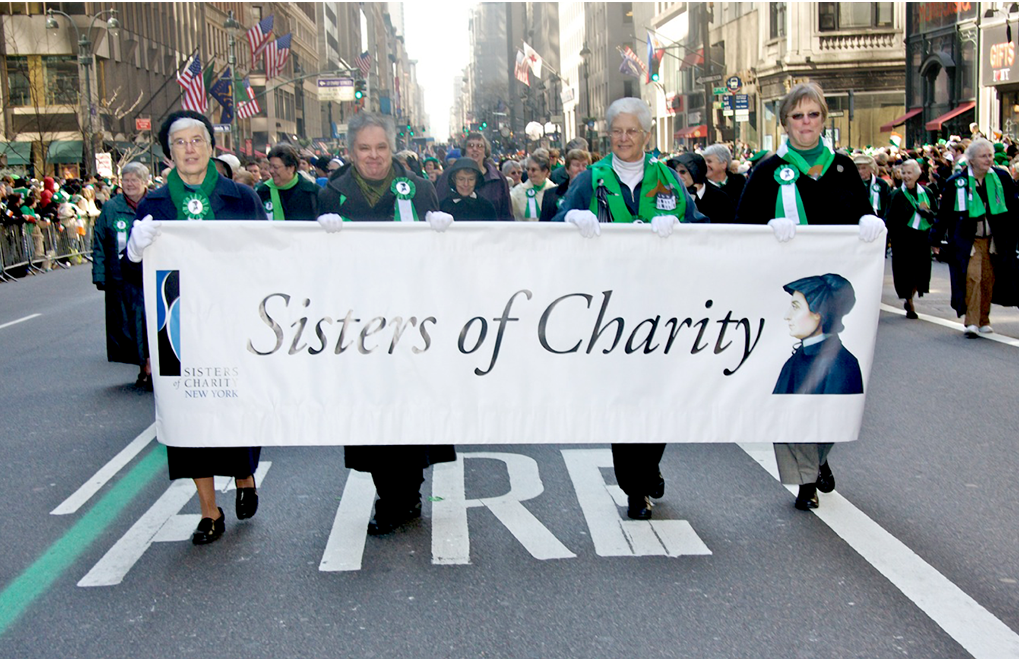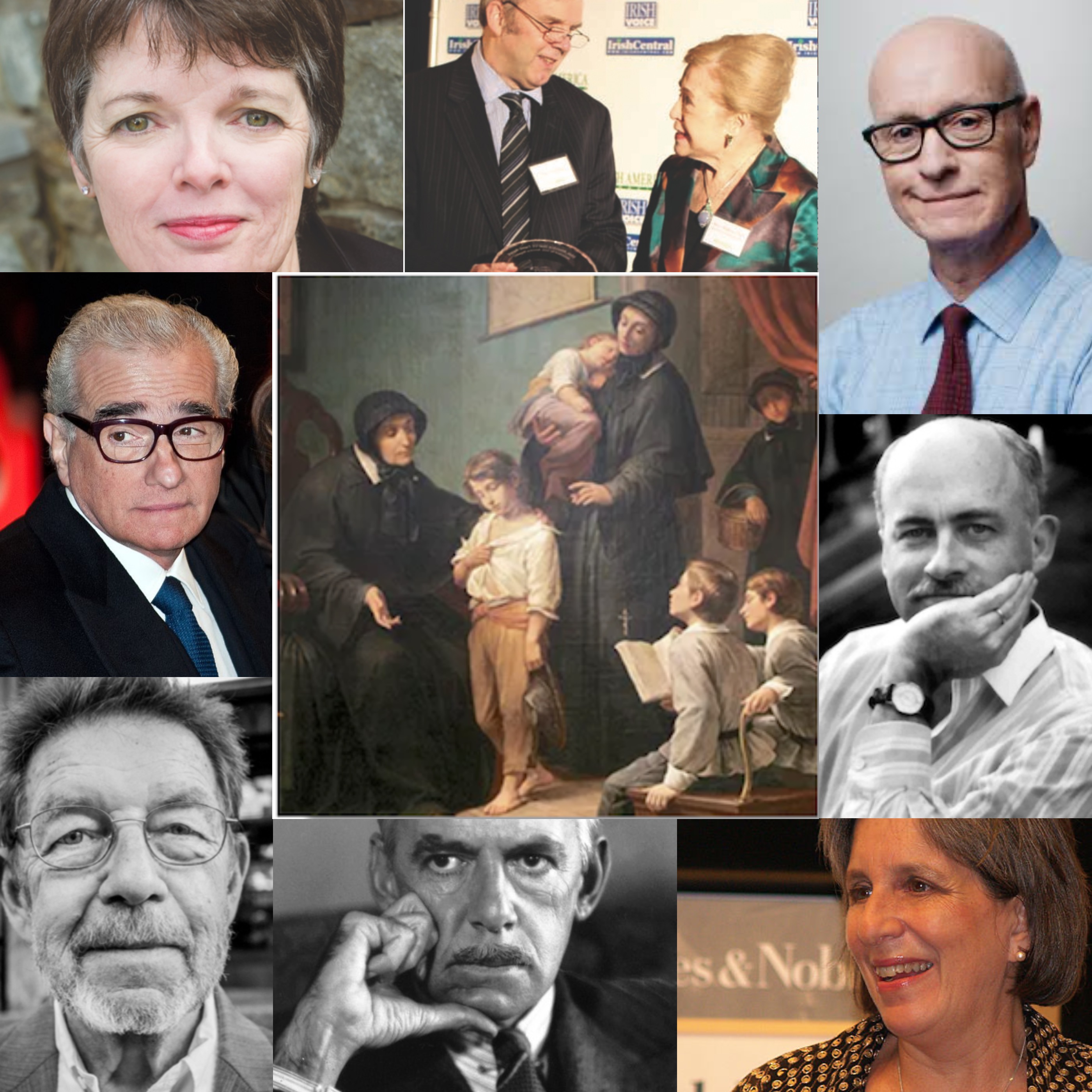The School around the Corner Will Not Reopen
By Turlough McConnell
Before COVID-19, New York’s Catholic schools were braced with challenges. Now, the pandemic has inflicted devastating financial damage on the region’s parochial schools. The situation is stark. Registration for the fall has dropped, as widespread unemployment and health concerns have left more families unable to pay tuition. Parish contributions that help to underwrite the schools have fallen precipitously in the months of cancelled public masses and fundraising for scholarships. As a result, the greater Archdiocese of New York has announced that 20 schools will close permanently and three will merge. “Children are always the most innocent victims of any crisis, and this COVID-19 pandemic is no exception,” said Timothy Cardinal Dolan Archbishop of New York. “Too many have lost parents and grandparents to this insidious virus, and now thousands will not see their beloved school again.” The closure of Catholic schools is an ongoing national trend. According to the National Catholic Education Association, as many as 2,000 Catholic schools in the U.S. were shut down or consolidated in recent years. As the largest system, with more than 62,000 students from pre-K through 12th grade in nine counties and boroughs, New York has experienced waves of closure. Other factors contribute to the decline of parochial schools. With over 17,000 parishes that serve a population of roughly 100 million, the Catholic Church is the largest single religious institution in the United States. About 24% of Americans identify as Catholic. Of that number, one-third is Hispanic; African-American Catholics account for about three percent. Despite its size and influence, the Church has faced external threats. For decades there has been a decline in membership, a shortage of priests, and continuing revelations of sexually abused minors that (in many cases) were covered up. The abuse crisis that the Archdiocese and the Catholic Church in general faces cannot be underestimated. Writer Timothy Egan, in Pilgrimage to Eternity, describes it as a body blow to “[A] church struggling to hold together the world’s 1.3.billion Roman Catholics through the worst crisis in half a millennium.” As of July 2020, approximately 121 predator priests and clergy within the New York Archdiocese have been publicly accused of sexual misconduct. The Archdiocese reports that it has paid roughly $40 million in compensation to victims of abuse and that it will take a long-term loan to cover the cost of compensating victim-survivors. Cardinal Dolan has said abuse payments will not use money given by the people of the archdiocese to support parishes, schools, and charitable works. He added, that he hoped it would “help bring a measure of peace and healing to those who have suffered abuse by a member of the clergy of this archdiocese.” The abuse scandals and other trends have negatively affected the bottom line for schools. As costs have risen, so has tuition, driving down enrollment. Perhaps the biggest hit was the higher operating costs associated with the decline of religious orders since the 1960s –which once provided practically free labor in the form of nuns. The Catholic school system emerged in the nineteenth century with the assimilation of Irish Catholic migrants during and after the Great Irish Famine. Between 1845 and 1855, the worst of several famines in Ireland, New York City’s population grew from 371,000 to 630,000. By 1850 the city had so many Catholics that Pope Pius IX made New York an archdiocese and John J. Hughes its first archbishop. The first American parochial school was Saint Patrick’s School at 32 Prince Street in Manhattan. The Sisters of Charity of New York, founded by Saint Elizabeth Ann Seton under the leadership of Archbishop Hughes, were the driving force of education that enabled the Irish newcomers to build lives in America. The Sisters developed a reputation for academic excellence and were sought out by parents who wanted their children to be well educated. Their skill, coupled with the tradition of educating the working-class as well as the wealthy, spurred a burgeoning parochial school movement well into the twentieth century. At the same time, vocations for religious orders continued to grow, peaking in the late 1950s.
Over the decades, the Sisters of Charity have inspired some of our nation’s most acclaimed artistic voices. The Nobel Laureate Eugene O’Neill, born in 1888 in a New York City hotel room, divided his childhood between a morphine-addicted mother and an actor father who sent him at age seven to the Sisters of Charity in Riverdale. His family and his Catholic upbringing became the theme of his powerful dramatic works. Many other writers of note were educated in New York’s Catholic schools. Mary Higgins Clark, author of 51 best sellers, attended Saint Francis Xavier Grammar School. Novelist Mary Gordon attended Holy Name of Mary School in Valley Stream and The Mary Louis Academy. Pete Hamill, journalist and novelist, attended Holy Name of Jesus in Brooklyn; Peter Quinn, author of Banished Children of Eve, attended St. Brigid and Saint Raymond’s. The National Book Award winner Alice McDermott was a student at St. Boniface School in Elmont, New York. Terry Golway, prolific author, historian and journalist has written extensively about Catholic New York. Dan Barry, Pulitzer-prize-winning journalist for The New York Times and the author of five books, graduated from St. Anthony’s High School in 1976. His experiences at St. Anthony’s figure in his memoir, Pull Me Up. The iconic filmmaker Martin Scorsese attended Saint Patrick’s School on Prince Street, which closed in 2010. Born in Queens in 1942, Scorsese’s parents moved to Little Italy. In 2017, at a tribute to the Bicentennial of the Sisters in New York, I spoke to Sister Maria Regina Bronner, Scorsese’s 8th-grade teacher. “In my English class Martin Scorsese was forever jumping up and asking if the class could act out the stories we read. I told him to sit down. ‘Martin, the other children must first learn to read before they can act.’”
One school that will close this year is Corpus Christi in the Bronx, the school made famous by George Carlin, who famously said, “ I credit that eight years of grammar school with nourishing me in a direction where I could trust myself and my instincts. They gave me the tools to reject my faith. They taught me to question and think for myself and to believe in my instincts to such an extent that I just said, `This is a wonderful fairy tale they have going on here, but it’s not for me.’” A favorite former student of the Sisters of Charity is the Oscar- and Tony Award-winning playwright John Patrick Shanley, who was born in the Bronx and attended numerous Catholic schools around the city. Of his early school years, Shanley recalls: “I was thrown out of St. Helena’s kindergarten, banned from St. Anthony’s hot lunch program and expelled from Cardinal Spellman High School.” But Sister Margaret McEntee, his first-grade teacher at St. Anthony’s School in the Bronx made a deep impression on Shanley. Sister Margaret said, “We are all lucky that he eventually would turn his exuberant energies toward a distinguished career in writing for stage and film. John Patrick gave a marvelous wakeup call when his creative ability offered an award-winning play and feature film called Doubt, about the awareness, alertness and action of religious women in a school setting. His appreciation of consecrated religious women opened up the doors of dialogue.” Perhaps nothing has brought home how challenging the job of teaching really is than our current experience with home-schooling during the pandemic. Anxiety is at an all-time high among parents who must juggle work demands with health considerations for their families and educators. The strain has led to greater empathy for teachers, as Farhad Manjoo expressed in his recent New York Times column: “… As I tried and failed to educate my kids during months under quarantine, I gained new appreciation for my children’s teachers, and I’m wary of asking more of them. Spending a day teaching kids has got to be one of the most difficult and most thankless jobs our society asks professionals to do. It doesn’t strike me as fair to demand that teachers now risk their lives, too, just because our government couldn’t be bothered to protect them. Teachers shouldn’t have to be heroes to do their jobs; educating our children should be heroism enough.” So what happens to the children whose schools will close permanently? Where will the unique voices of the future be educated? The Superintendent of Schools at the Archdiocese has pledged to work closely with all affected families to find spaces at neighboring Catholic schools for the fall. The superintendent’s office is coordinating with the teachers’ union to help faculty at closing schools find employment within the Archdiocesan school system. Catholic schools are synonymous with nuns, but the fact is that very few teach in schools today. Still, their memory and influence lives on. In the introduction to Doubt, Shanley best expressed an appreciation of those women: “This play is dedicated to the many orders of Catholic nuns who have devoted their lives to serving others in hospitals, schools and retirement homes. Though much maligned and ridiculed, who among us has been so generous?”
Turlough McConnell, a native of County Donegal, is a New York based writer, playwright, exhibition curator and producer who specializes in Irish-American subjects of historical significance, including art and culture, immigration, and 19th-century New York City. For over three decades, he has contributed numerous special features to Irish America Magazine and the Irish Voice. His most recent production, as producer and director, is Being Wilde: The Importance of Being Oscar, a series of six online programs on the life and legacy of Oscar Wilde for Ireland’s Great Hunger Institute at Quinnipiac University.
|
.
Any original material on these pages is copyright © BishopAccountability.org 2004. Reproduce freely with attribution.



